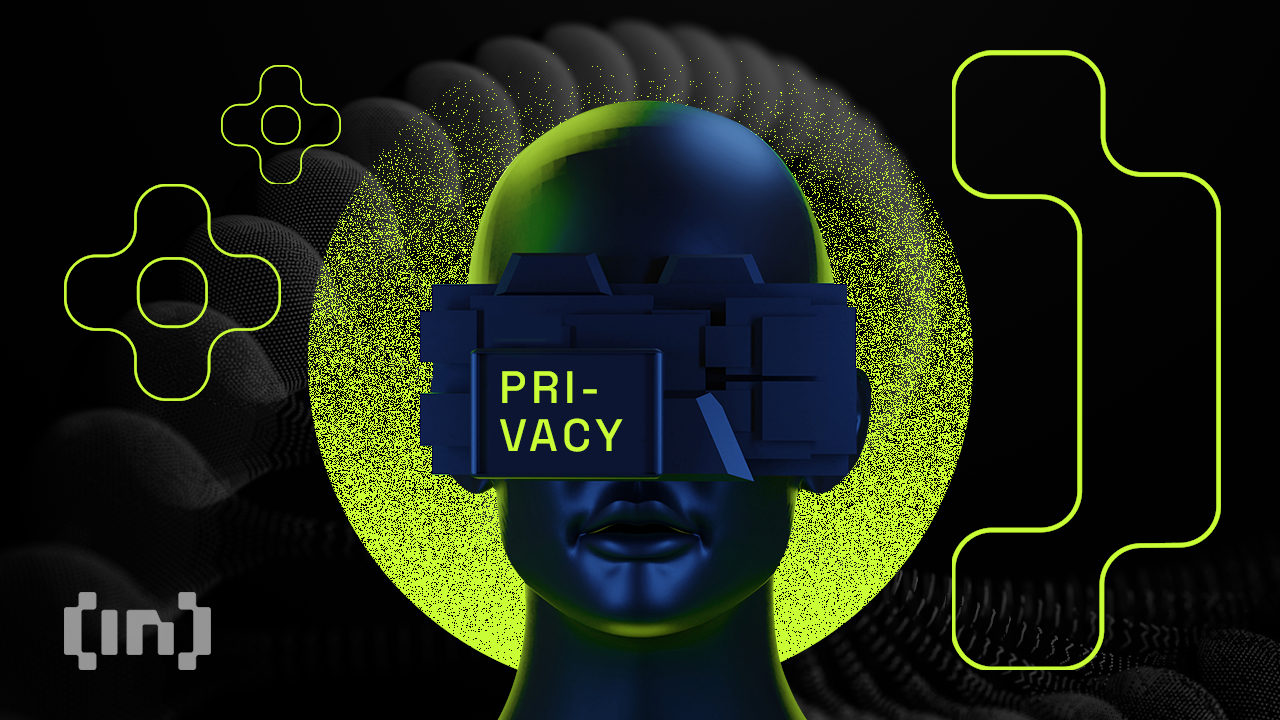Ethereum co-founder Vitalik Buterin has shared a crucial update to the platform’s roadmap, which sheds light on its ongoing evolution.
In his latest blog post, ‘Possible futures for the Ethereum protocol, part 2: The Surge,’ Buterin dives into the next phase of Ethereum’s development. The blog primarily focuses on its scalability, decentralization, and the forthcoming challenges as the platform continues to mature.
Vitalik Buterin Shares Updated Ethereum Roadmap
The updated roadmap for the Ethereum network focuses on several key areas. At the core of this update is a detailed discussion of “The Surge,” a phase in Ethereum’s multi-step roadmap.
Buterin notes that while Ethereum has made significant strides with upgrades like The Merge and The Shanghai Upgrade, more work is needed to achieve scalability that can support widespread use. “The Surge” focuses on achieving 100,000 transactions per second (TPS) through advancements such as rollups, sharding, and data availability sampling.
Rollups, in particular, are the key to Ethereum’s near-term scaling, allowing for off-chain transaction processing while maintaining security by posting summaries on-chain. Buterin is optimistic that rollups will become the dominant scaling solution within the next few years.
Read more: When Are Ethereum Gas Fees Lowest?
He also highlights ongoing efforts in Layer-2 (L2) solutions that inherit the platform’s core principles. These upgrades aim to strike a balance between increased throughput and preserving Ethereum’s decentralized nature.
Another key insight from the updated roadmap is the continuous focus on decentralization, a founding ethos of Ethereum. Buterin warns against centralizing forces, especially in the context of staking and validator systems. As more people participate in Ethereum’s staking ecosystem, there is a risk that large staking pools could consolidate too much control. Such an outcome would jeopardize the network’s security and neutrality.
To counter this, Buterin discusses the importance of Distributed Validator Technology (DVT). The technology allows multiple participants to run parts of a validator node together. This innovation would reduce the risk of centralization in staking while maintaining high levels of security.
Another aspect of maintaining decentralization is Buterin’s support for continuing to make it easier for individuals to run their own nodes. As the network grows, running a node should remain accessible to average users. The Russo-Canadian innovator believes Ethereum can achieve this by keeping hardware and bandwidth requirements modest.
The Road to Long-Term Sustainability
Beyond the technical upgrades, Buterin touches on Ethereum’s governance. Notably, governance has become an increasingly critical issue as the Ethereum network scales.
Ethereum’s decentralized governance system, based on open discussion and developer consensus, faces challenges in ensuring inclusivity and efficiency. Buterin suggests that the community needs to adopt more formal mechanisms to guide decision-making, potentially through new protocols that allow for more structured and deliberate changes to the Ethereum network.
Buterin also explores the possibility of introducing new economic incentives for Ethereum’s long-term sustainability. With transaction fees no longer being the sole source of revenue after the shift to Proof-of-Stake (PoS), Buterin highlights the importance of staking rewards in maintaining the network.
He notes that Ethereum’s future upgrades must also consider the platform’s economic health, ensuring that validators are sufficiently incentivized without causing inflationary pressure on the network’s native token, ETH.
Read more: A Deeper Look into the Ethereum Network.
Looking even further ahead, Buterin acknowledges potential future threats, including quantum computing. While quantum attacks on Ethereum or other blockchains remain theoretical, he stresses the importance of preparing for such eventualities.
This involves researching quantum-resistant cryptographic algorithms. This, in his opinion, would ensure that Ethereum can adapt to future technological challenges without compromising its security.
Buterin also mentions Ethereum’s continued focus on user experience (UX) improvements. The future of Ethereum will be defined not only by technical milestones but also by how accessible and user-friendly the network becomes for developers, businesses, and individuals.
The post Vitalik Buterin Lays Out Ethereum Layer-2 Expansion in ‘The Surge’ Roadmap appeared first on BeInCrypto.

 3 hours ago
6
3 hours ago
6









 English (US) ·
English (US) ·